Chapter 1: Introduction
Abstract
The term composite structures refer to structures in which different materials such as timber, steel, concrete, and masonry are used together for construction. The most common type of composite construction is the use of steel and concrete to form steel-concrete composite structures. Steel-concrete composite structural members are known as economic members and have been used in construction for various structure types. It is a very well-known fact that steel members are susceptible to buckling, while their tensile strength is remarkable. Conversely, plain concrete members can withstand a large magnitude of compressive force; however, their tensile strength is very low. Therefore, the simultaneous use of steel and concrete allows the structural designers to take advantage of steel and concrete and neutralize each material's drawback by the advantage of the other material. By taking this viewpoint, most structural members such as slabs, columns, beams, and trusses can be constructed using steel-concrete composite members. The main focus of the current book is to understand the structural behavior of concrete-filled steel tubular (CFST) members and concrete-filled double skin steel tubular (CFDST) members as one of the most recent forms of composite members, and other structural members are beyond the scope of this book.
Keywords
Bending; Compression; Composite structure; Concrete constitutive model; Concrete-filled steel tubular; Experimental study; Finite element
1.1. Introduction
The term composite structures refer to structures in which different materials such as timber, steel, concrete, and masonry are used simultaneously for construction. The most common type of composite construction is the simultaneous use of steel and concrete to form steel-concrete composite structures. Steel-concrete composite structural members are known as economic members and have been used to construct various structure types. It is a very well-known fact that steel members are susceptible to buckling, while their tensile strength is remarkable. Conversely, plain concrete members can withstand a large magnitude of compressive force; however, their tensile strength is deficient. Therefore, the simultaneous use of steel and concrete allows the structural designers to take advantage of steel and concrete and neutralize each material's drawback by using the other material. By taking this viewpoint, most structural members such as slabs, columns, beams, and trusses can be constructed using steel-concrete composite members. The main focus of the current book is to understand the structural behavior of concrete-filled steel tubular (CFST) members and concrete-filled double skin steel tubular (CFDST) members as one of the most recent forms of composite members. Other structural members are beyond the scope of this book.
1.2. Advantages of CFST and CFDST members
Prior to the development of structural design codes and regulations, a deep understanding of the behavior of structural members and knowing the performance and their failure mechanism under the considered loading condition are required. Using the available codes to design structural members without understanding their material and structural behavior turns mathematical formulas into sets of vague concepts. Therefore, the results of the experimental tests performed on CFST and CFDST members are presented in this book to show the real structural behavior of members. Certainly, experimental tests provide valuable information regarding the behavior of structural members. However, for thoroughly assessing the influence of different parameters such as members' geometric and material properties, loading conditions, initial geometric imperfections, and residual stress, it is required to fabricate a large number of specimens in the advanced structural engineering laboratories, which can be time-consuming and expensive. Recent improvements in the capacities of computers in performing complex mathematical calculations, as well as the development of finite element (FE) software like ABAQUS and ANSYS, allow researchers and structural engineers to profoundly investigate the structural performance of members and study their physical behavior. As a result, the behavior of CFST and CFDST members are studied through the results captured from the nonlinear FE analysis in this book. After a basic understanding of CFST and CFDST members' behavior, the available international design regulations for designing CFST and CFDST columns, beams, and beam-columns are introduced. Additionally, the most recent design models developed based on the experimental and numerical analysis of composite members are included in this book. Design examples of composite members are utilized widely throughout the book.
CFST members consist of a hollow steel tube filled with the concrete core, with or without steel reinforcement bars. Compared with hollow steel sections or the reinforced concrete (RC), the structural performance of CFST members, such as their ductility, compressive, bending, torsional strengths, fire resistance, and energy absorption capacities, are remarkably better. Besides, steel tubes can also act as concrete formwork during the construction process to reduce the time and cost of construction. These advantages of CFST members over conventional steel tubes have recently attracted the attention of civil engineers and have led to their wide use in recent structures. The ideology behind the use of CFST members is that the concrete core can avoid or delay the local buckling in the steel tubes. Besides, the brittle behavior of the concrete material can be highly enhanced by the confinement effect provided by the steel tube.. It can be recognized from the figures that filling the steel tube with concrete could highly enhance the compressive capacity of the column. In addition, confining the concrete with the steel tube improved the residual strength and ductility of the column.
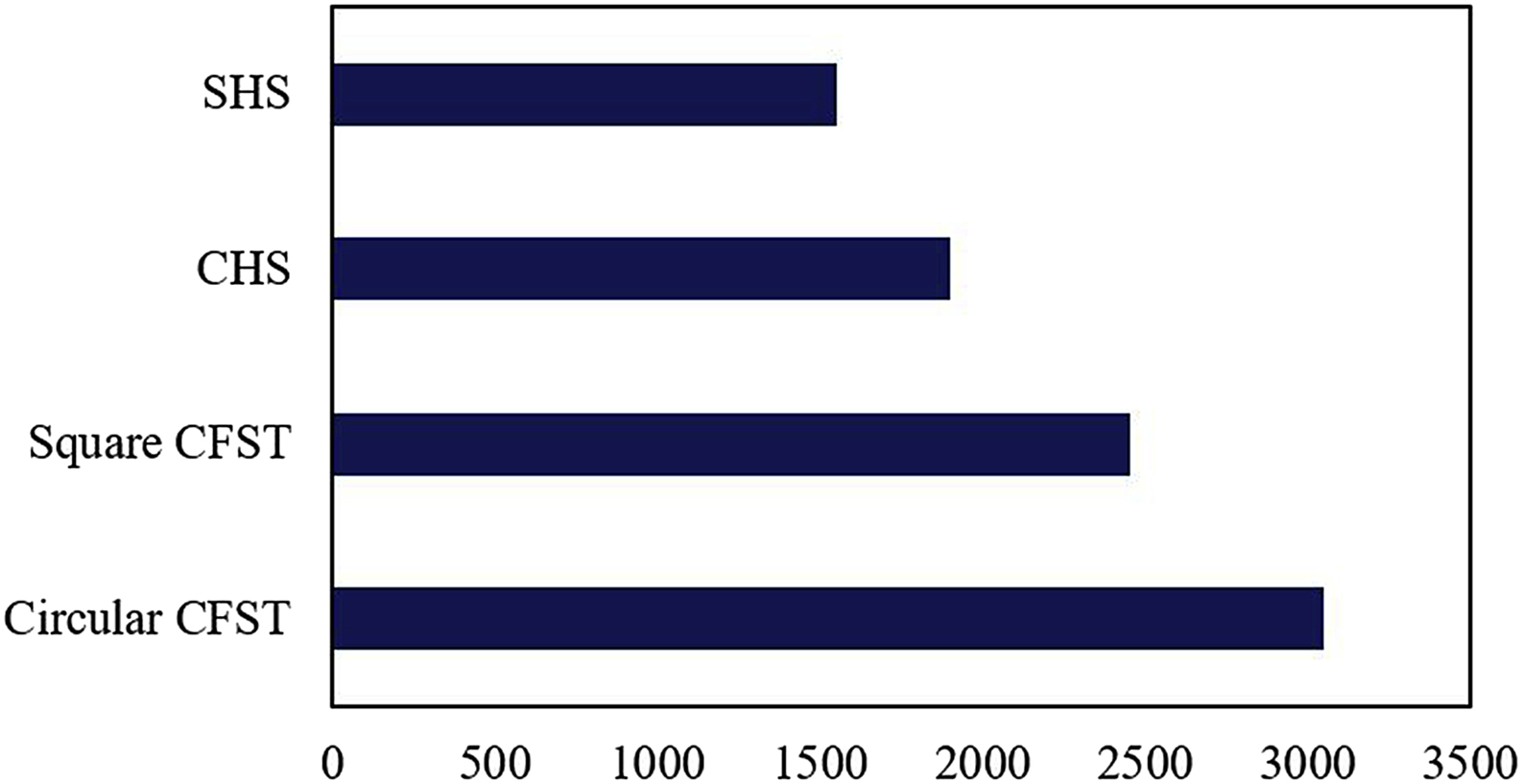
Ultimate axial strengths of SHS, CHS, square CFST, and circular CFST columns.
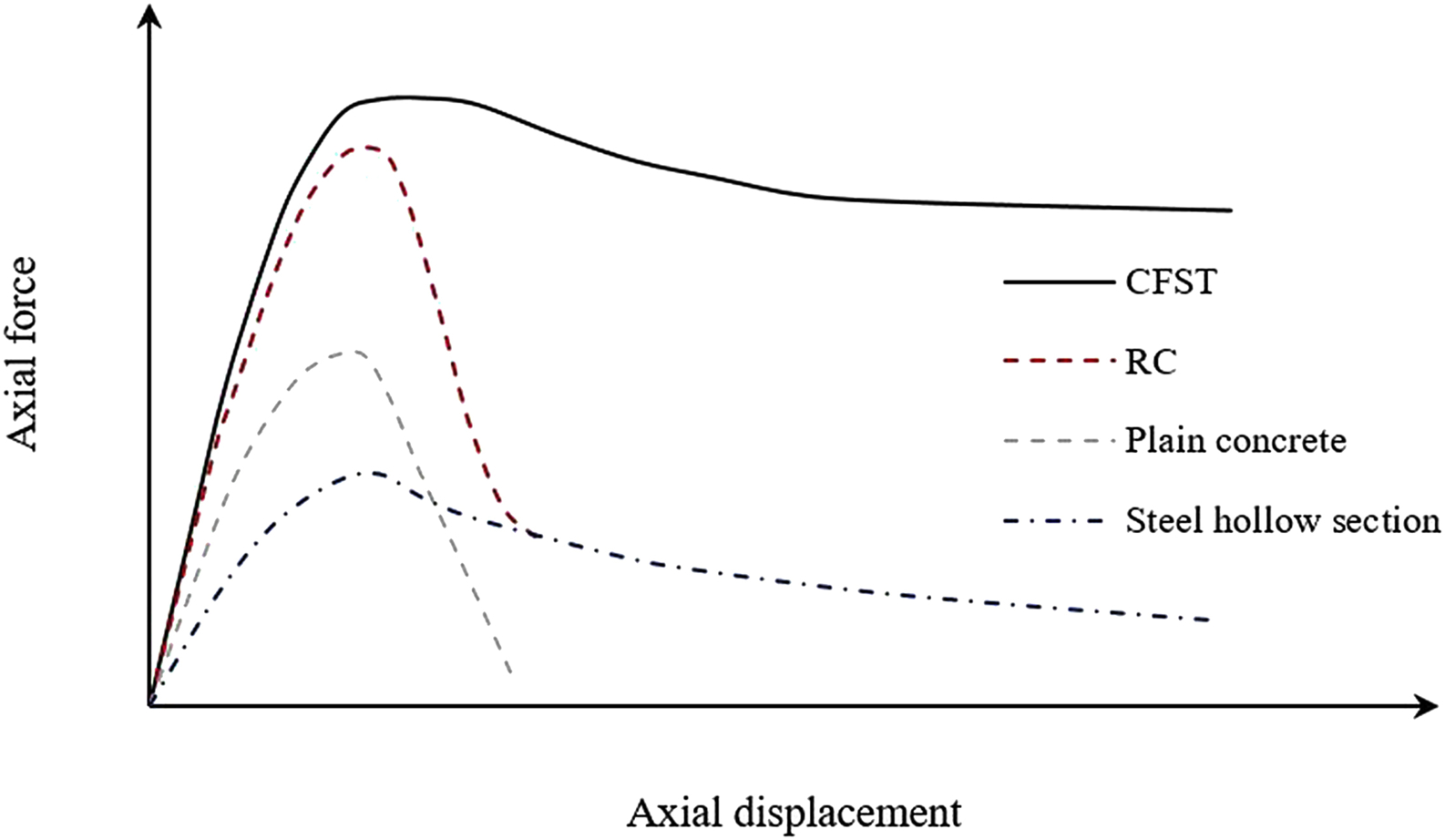
.
Despite the advantages of CFST members, they also have some disadvantages, which are as follows:
- 1. The outer steel usually takes a large part of the external axial load as compared to the concrete core because of its higher stiffness under composite action.
- 2. The concrete core close to the neutral axis has an insignificant contribution to the flexural strength.
- 3. The contribution of the concrete core in enhancing the torsional strength is insignificant.
- 4. The initial elastic dilation of concrete under axial compression is relatively small, and thus the confining pressure provided by the steel tube to concrete is relatively low during the elastic stage.
- 5. The heavy self-weight of the concrete can limit the performance of CFST due to the strength-to-weight ratio.
From the above discussion, it is quite clear that the central part of the concrete core of the CFST column can effectively be replaced by another smaller hollow steel tube with similar axial, flexural, and torsional strength. This form of column construction is known as the CFDST columns. CFDST members possess several advantages over that of the CFST column, which could be summarized as follows:
- 1. CFDST have higher flexural and torsional strength as compared to the CFST members. Additionally, their strength-to-weight ratio is improved significantly by replacing the central concrete with a steel tube of a much smaller cross-sectional area. Moreover, the inner tube expands laterally under compression loading, and, hence the confining pressure provided to the concrete also increases. Consequently, the initial confining pressure builds up more rapidly in CFDST as compared to CFST members so that their elastic strength and stiffness are enhanced.



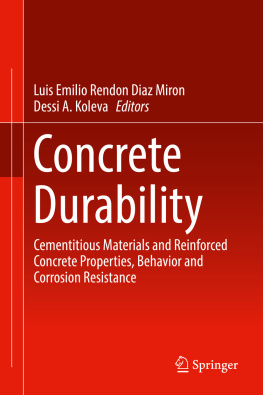
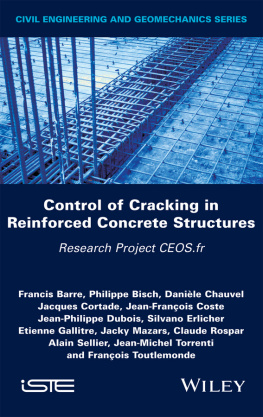
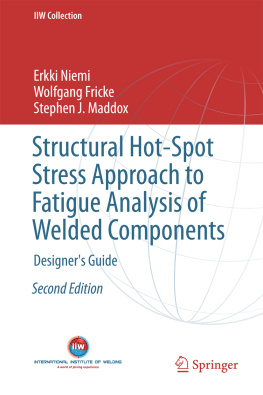
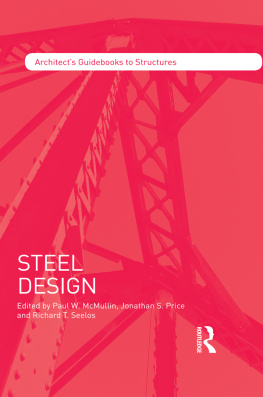
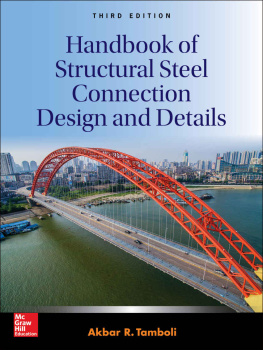

 Ultimate axial strengths of SHS, CHS, square CFST, and circular CFST columns.
Ultimate axial strengths of SHS, CHS, square CFST, and circular CFST columns. .
.